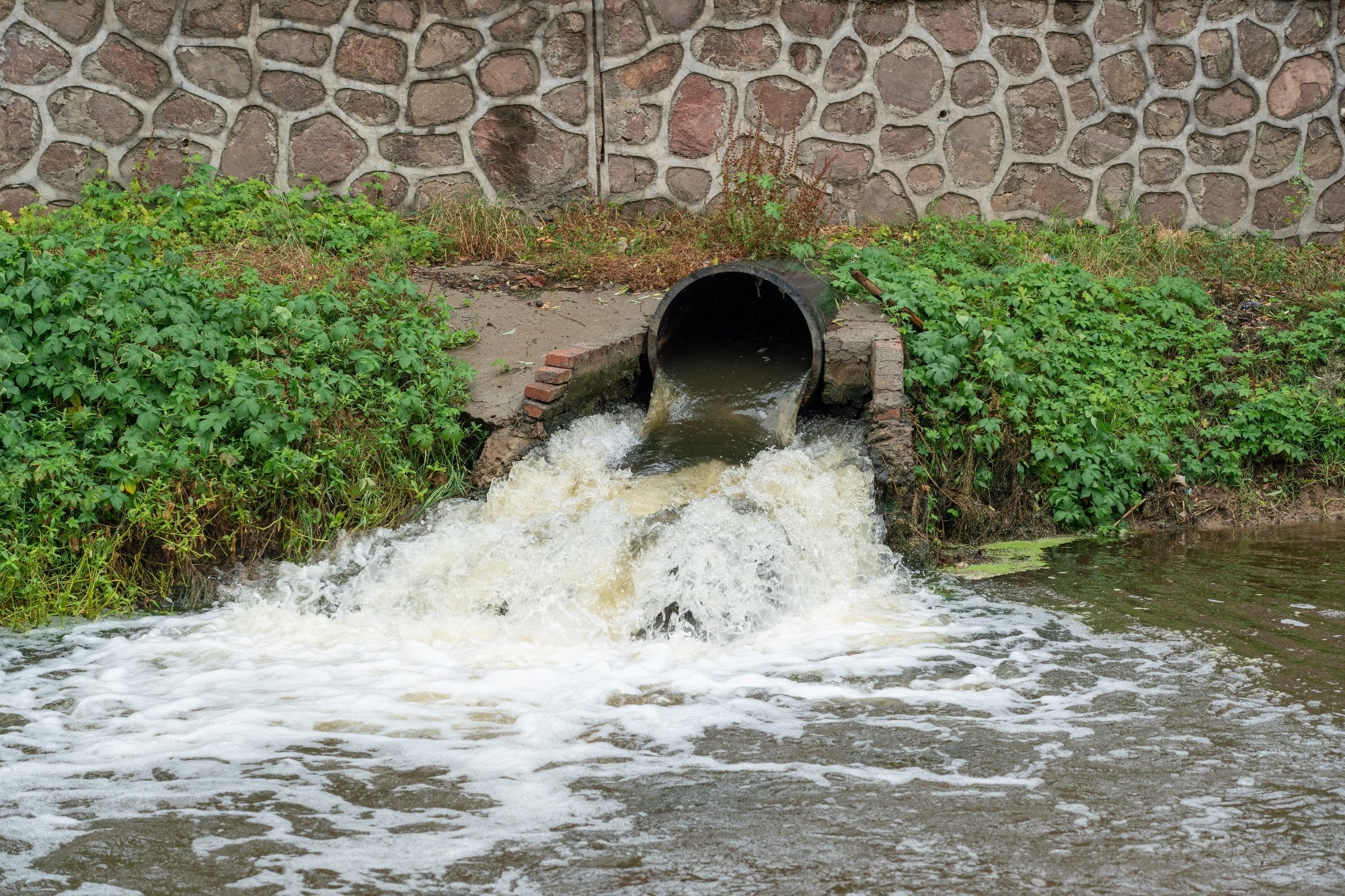In a recent article published in the journal Materials, researchers presented a novel approach to environmental remediation through the development of a TiO2/Carbon/Ag nanocomposite synthesized using laser ablation techniques.
The study aims to evaluate the effectiveness of this nanocomposite in degrading organic pollutants, thereby contributing to advancements in environmental sustainability and pollution management.
 Study: Laser-Assisted Preparation of TiO2/Carbon/Ag Nanocomposite for Degradation of Organic Pollutants. Image Credit: kungfu01/Shutterstock.com
Study: Laser-Assisted Preparation of TiO2/Carbon/Ag Nanocomposite for Degradation of Organic Pollutants. Image Credit: kungfu01/Shutterstock.com
Background
The increasing prevalence of chemical pollutants in the environment, particularly from industrial activities, poses significant risks to ecosystems and human health. These pollutants are not only harmful to aquatic life but also pose risks to human health through water contamination.
Conventional treatment methods, such as adsorption and chemical oxidation, often require extensive time and resources, leading to a demand for more efficient alternatives. Nanotechnology has emerged as a promising field, offering innovative solutions using nanomaterials that exhibit enhanced catalytic properties.
Among these, titanium dioxide (TiO2) has been widely studied for its photocatalytic capabilities. However, its effectiveness can be significantly improved when combined with carbon materials and silver nanoparticles, which enhance its surface area and catalytic activity.
This study explores the synthesis of a TiO2/Carbon/Ag nanocomposite and its potential application in the degradation of organic pollutants.
The Current Study
The preparation of the TiO2/Carbon/Ag nanocomposite involves a straightforward method utilizing laser ablation. Initially, silver (Ag) particles are generated by focusing a laser beam on a silver plate in a closed glass container, resulting in gray Ag powder after 30 minutes of irradiation.
This powder is then dispersed in deionized water through sonication. Concurrently, TiO2 nanoparticles are also dispersed in water.
The Ag particles are combined with the TiO2 suspension, followed by the addition of lignin-derived carbon, which is prepared through laser ablation of lignin. The mixture is stirred for one day to ensure uniformity and then dried to yield the TiO2/C/Ag nanocomposite.
Characterization of the nanocomposite is performed using various techniques, including X-ray diffraction (XRD), scanning electron microscopy (SEM), and Raman spectroscopy, which confirm the successful formation of the hybrid structure.
The resulting nanocomposite exhibits significant catalytic activity, particularly in the degradation of organic pollutants such as methylene blue and Congo red, demonstrating its potential application in environmental remediation.
The elemental mapping analysis indicates a uniform distribution of Ag particles within the composite, enhancing its effectiveness as a catalyst. Overall, this method presents a simple and efficient approach to synthesizing nanocomposites that can address pressing environmental challenges.
Results and Discussion
The characterization of the TiO2/Carbon/Ag nanocomposite revealed significant insights into its structural and functional properties. XRD analysis confirmed the successful incorporation of TiO2, carbon, and silver into the nanocomposite, with distinct peaks corresponding to each component.
The FT-IR spectra indicated the presence of functional groups that are crucial for catalytic activity, while Raman spectroscopy provided information on the carbon structure, confirming its amorphous nature.
SEM images illustrated the morphology of the nanocomposite, showing a well-dispersed arrangement of Ag particles within the TiO2 matrix, which is essential for maximizing surface interactions during catalytic processes.
The catalytic performance of the TiO2/Carbon/Ag nanocomposite was evaluated through degradation experiments involving organic dyes. The results demonstrated a marked improvement in degradation efficiency compared to individual components.
The presence of silver nanoparticles significantly enhanced the photocatalytic activity of TiO2, while the carbon component contributed to increased surface area and adsorption capacity.
The study also explored the effects of various parameters, such as pH, initial dye concentration, and light intensity, on the degradation process. Optimal conditions were identified, leading to a substantial reduction in dye concentration within a short time frame.
The findings suggest that the TiO2/Carbon/Ag nanocomposite is a highly effective catalyst for the degradation of organic pollutants, with potential applications in wastewater treatment and environmental remediation.
Conclusion
This study successfully demonstrates the synthesis and characterization of a TiO2/Carbon/Ag nanocomposite using laser ablation techniques. The results indicate that this nanocomposite exhibits superior catalytic properties for the degradation of organic pollutants compared to its components.
The innovative approach of utilizing lignin as a carbon source enhances the sustainability of the synthesis process and contributes to the development of eco-friendly materials for environmental applications.
The findings underscore the potential of nanotechnology in addressing pressing environmental challenges, particularly in the realm of pollutant removal. Future research may focus on optimizing the synthesis process further and exploring the long-term stability and reusability of the nanocomposite in practical applications.
Overall, this work contributes valuable insights into the field of environmental remediation and highlights the importance of developing efficient and sustainable solutions for pollution management.
Journal Reference
Almasi Nezhad S., Jaleh B., et al. (2024). Laser-Assisted Preparation of TiO2/Carbon/Ag Nanocomposite for Degradation of Organic Pollutants. Materials 17, 4118. doi: 10.3390/ma17164118. https://www.mdpi.com/1996-1944/17/16/4118